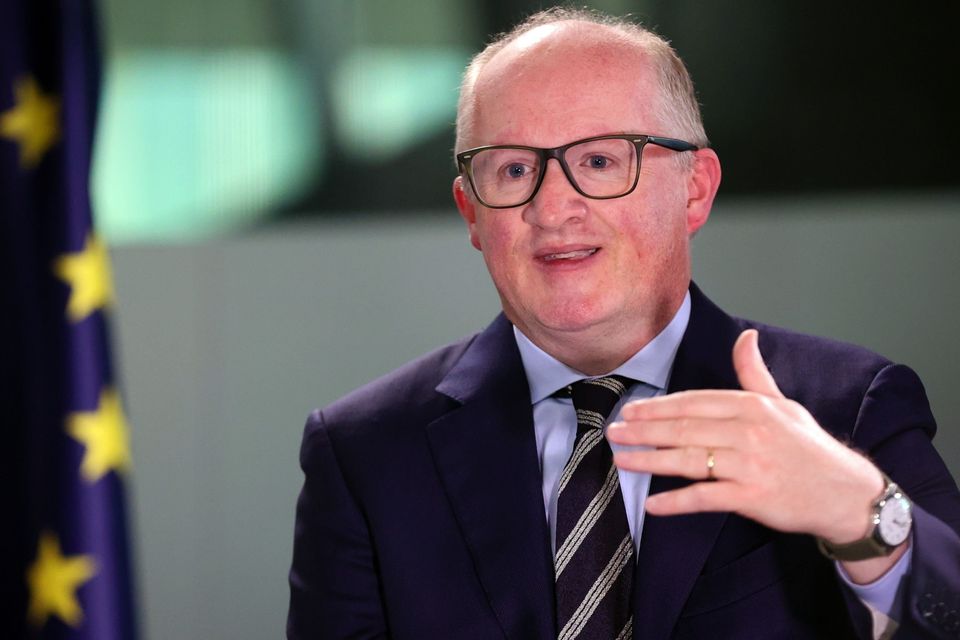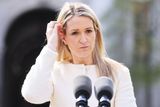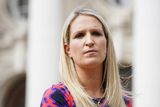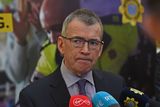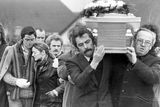Editorial: ‘Carrot and stick’ approach on interest rates will continue in 2024
ECB chief economist Philip Lane. Photo: Bloomberg
The role of a central bank is to take away the punch bowl while the party is in full swing. The spoilsport approach is aimed at preventing the night ending with a hangover. In fiscal terms, this is the economy overheating and crashing. The trick is to convince the guests to moderate their exuberance as the alcohol is not coming back. The problem is they can spot your bluff and everyone knows there’s a bottle of whiskey under the table. The behaviour might not moderate in the expectation the drinks will flow again.
The setting of interest rates is based upon such logic, as the central bank seeks to tick off consumers for spending too much and driving up prices. Hiking interest rates means spare cash is swallowed up by higher loan repayments and it also makes it more attractive to save, rather than spend.
But inflation and hiked interest rates can also cause consumers to cut spending too much, meaning there is less money in the economy so activity slows down, leading to a recession.
And if the consumers don’t rein in the spending on foot of interest-rate hikes, then the central bank has a conundrum. It is a delicate balancing act.
The European Central Bank (ECB) has now adopted a holding pattern on interest rates and expects inflation to fall over the course of next year. The ECB maintained the current key interest rates at its meeting last week. The decision marked the second consecutive meeting where the ECB has opted for unchanged interest rates. The pattern indicates the end of the cycle of hikes since July 2022 that have added significantly to the cost of borrowing and with a knock-on impact for mortgage holders.
The US Federal Reserve also took a similar step last week, as policymakers on both sides of the Atlantic observe each other’s actions. The Europeans have diverged from the Americans though. The ECB believes the increases in interest rates have wielded considerable influence over the economy. While the US side has opened the door to potential rate cuts, the ECB has distanced itself from such considerations, instead targeting a drop in inflation to 2pc.
Inflation has been declining, but there might be short-term rises in living costs again in the near future. A gradual decline in inflation and growth for the euro area is expected in the coming year though. After zero interest rates became the norm for so long, the ECB has to keep reiterating that further spikes in inflation will be met with interest-rate rises. If inflation calms sufficiently, then rates will come down.
Philip Lane, chief economist at the ECB, will be in Dublin this week to explain the thesis. Delivering a speech to the ESRI, the former governor of the Central Bank of Ireland will address the euro area outlook. His words should give plenty of food for thought about the ECB’s thinking. Any additional insights into the central bank’s future vision and policy are eagerly anticipated.
The carrot and stick approach will continue in 2024.
Join the Irish Independent WhatsApp channel
Stay up to date with all the latest news
